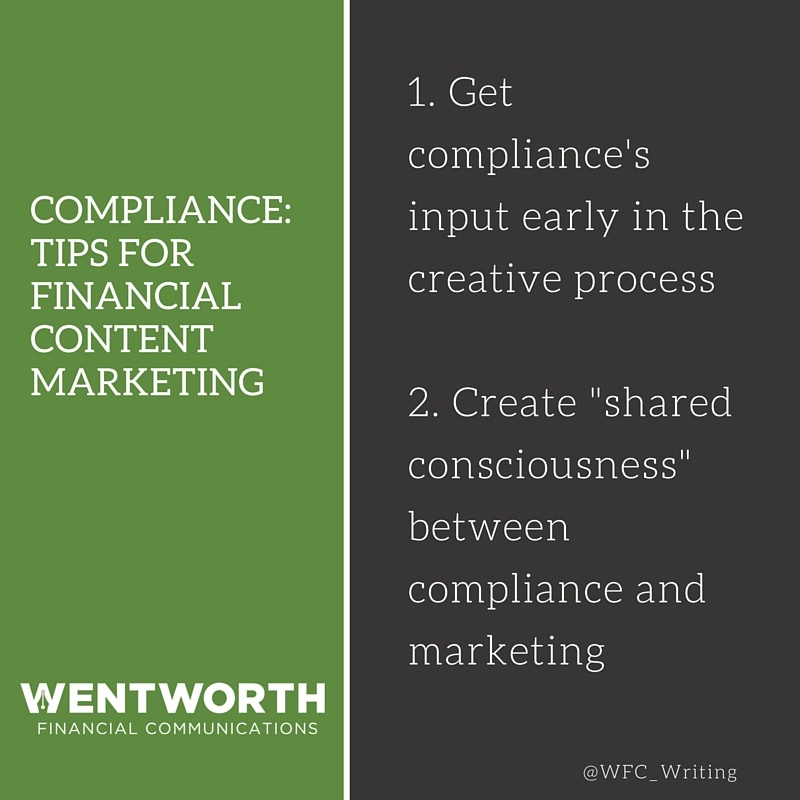In an interview with Contently, Raymond James CMO Mike White talks about how having a small compliance team embedded within the marketing department has allowed Raymond James to manage the content creation process for the firm’s more than 6,000 financial advisors.
Other valuable insights from Contently’s interview with White include:
- White views his department’s relationship with Raymond James’ financial advisors as a “business-to-business-to-consumer” model and the relationship with the firm’s investment banking team as a “business-to-business-to-business model.”
- Raymond James has created a content hub, Raymond James Point of View, that is intended to serve as a feeder of content for advisors’ websites and social platforms.
- White believes that in most cases the financial advisor’s personal brand is more important than the institution’s brand.
- 95% of Raymond James advisors have used marketing materials or content that White’s team has created in the past three months.
Compliance Tips for Financial Content Marketing
Managing the compliance review and approval process is without a doubt one of the most important aspects of a viable, sustainable content marketing strategy for wealth management, asset management, commercial banking, and investment banking firms. While most firms are not lucky enough to have a small compliance team embedded within the marketing team like Raymond James does, there are other ways to create a good working relationship between the two departments.
The key is to make sure that compliance is involved early in the content creation process, not just at the end of the process. One way to do this is to have a compliance representative join the monthly marketing meetings so that compliance has visibility into what new ideas marketing is considering. This gives compliance an opportunity to raise potential concerns before the content is actually created. If having a compliance representative join marketing’s meetings isn’t an option, marketing should send compliance a summary of any new campaigns that are being considered.
It’s also important for marketing and compliance to develop a “shared consciousness.” For marketing’s part, this means taking the initiative to understand the principles and rationales that guide compliance’s decisions about what can be sent to clients, rather than simply asking “what do I need to change to get this approved?” For compliance’s part, this means understanding what marketing is trying to accomplish with a specific campaign, and making recommendations for how those goals could be accomplished within regulators’ guidelines.

Streamlining Your Compliance Process
It’s hard to overstate the importance of compliance when it comes to having a successful content marketing program in financial services. If you don’t have the compliance part figured out, it can derail your entire campaign. It is essential that the marketing and compliance departments have—not just a good working relationship—but an understanding of each side’s priorities, goals, and concerns. By getting compliance’s input early in the process and developing a shared consciousness between marketing and compliance, you can streamline your firm’s review and approval process.
About the Author: Scott Wentworth is the founder and head financial writer of Wentworth Financial Communications. Wentworth Financial Communications has helped companies across the asset management, wealth management, insurance, investment banking, and commercial banking industries develop effective and compliant content marketing strategies.
